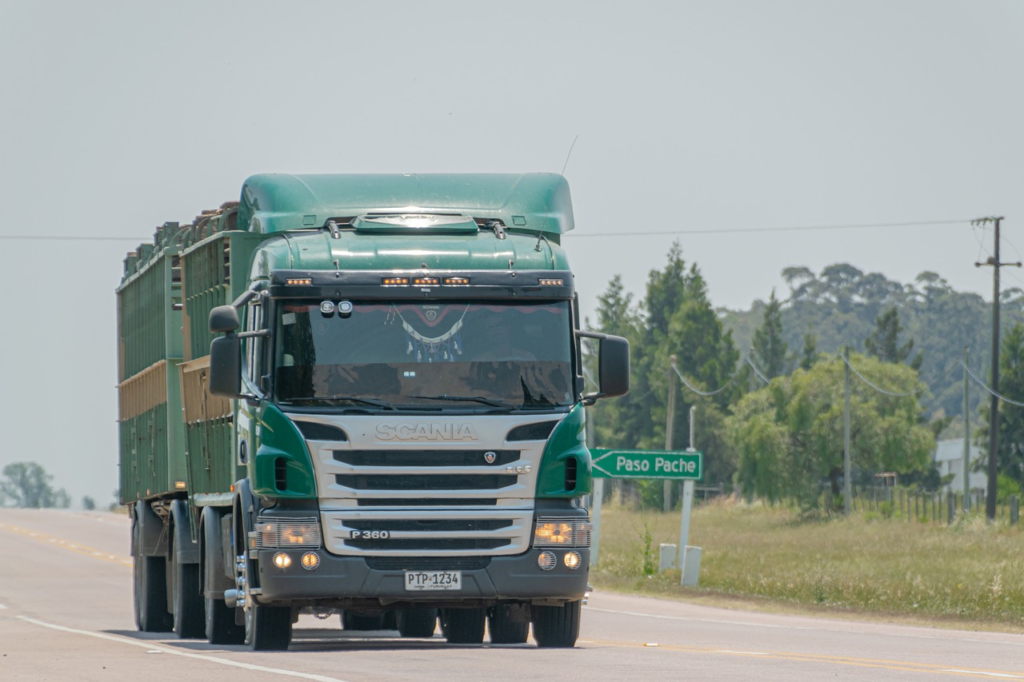Over-the-road trucking can play a critical role in logistics and transportation, depending on whether products are moving a few hundred feet or several hundred miles-long distances, sometimes even states or countries. For anyone considering entering the trucking world as a career or running a business that counts on freight transport, this piece of information is pertinent. Everything you want to know is below.

1. What Is Over-the-Road Trucking?
Over-the-road trucking usually means the transportation of freight over hundreds, thousands of miles. Freight is often transported over several states. Due to the vast distances between places, OTR truckers often spend their days and nights traveling long hours and are often away from home for several days or even weeks. The main distinguishing characteristic that identifies an OTR trucker from a local or regional trucker is that OTR truckers make cross-country deliveries, which could sometimes also include international deliveries.
2. The OTR Truck Driver
An OTR truck driver is the backbone of the supply chain. They haul everything from dry goods and refrigerated items to hazardous materials and more. Their services include all of the following:
- Drive long distances: Usually for up to 2-3 weeks at a time, depending upon a schedule.
Loading and Unloading Freight: Some truckers assist or oversee the loading and offloading of freight
Logging: Truckers log their hours, miles, as well as time off in accordance with legislation
Safety Regulations: OTR truckers are under great safety standards; they ensure that freight is secured appropriately and driving habits align with federal and state regulations.
3. Types of Over-the-Road Trucks
OTR truckers work with different types of trucks depending on the commodity or product transported. The most frequent varieties are:
Dry Vans-This is a normal enclosed trailer used in shipping huge assorted products
Refrigerated Trailers or Reefers-this kind of trailer is used to carry perishable goods such as food and medicine, requiring a certain temperature
Flatbeds-These are flat trucks for conveying extra size or weight cargo not to be contained.
- Tankers: Special trucks for transporting liquids like chemicals, fuel, and food-grade liquids.
4. Advantages of Over-the-Road Trucking
OTR trucking has a number of advantages for truckers and companies:
- Good Take Home Pay: OTR truckers earn more than local truckers. This is because most hours are so long and miles covered.
- Job Security: The demand for freight transport is always there. Trucking is thus always a job secure career.
- New Places and Drive Conditions: Over the road truckers get to experience different locations and drive conditions, making it not a monotonous job.
- Independence: Truck drivers have a certain degree of independence and get to schedule their time on the road and make key decisions about routes and rest breaks.
5. Challenges of Over-the-Road Trucking
- Long Hours and Distances from Home: Long periods driving for long hours can lead to feelings of loneliness and fatigue.
- Tight Deadlines: Unhealthy time pressures may be stressful, especially during jammed roads, bad weather, or engine breakdown.
- Health Conditions: The job nature, along with poor diet and rest facilities, can also lead to unhealthy conditions such as weight gain and poor blood circulation.
This means there are stringent federal and state regulations concerning their hours of service, weight limits, and safety standards.
6. How to Get Started in Over-the-Road Trucking
To become an OTR truck driver, one in general must follow these steps:
- Get a Commercial Driver’s License (CDL): For anyone to operate a commercial vehicle, he or she first must take a CDL exam.
Most trucking companies have a training program for new drivers, so experience is gained.
Some degree of experience is required before the OTR trucking job to qualify for long routes. Most drivers start by working local or regional routes before upgrading to OTR.
Reliable Trucking Company: One needs to research and choose companies that pay well, have good benefits, and provide a reasonable work-life balance.
7. Future of OTR Trucking
Issues that will shape the future of OTR trucking are technological advancement and regulatory changes. Some of the most significant trends include the following:
- Autonomous Trucks: Fully autonomous trucks are still in the experimental stages; however, they promise to revolutionize the OTR industry, becoming less costly and way more efficient.
- Electric Trucks: Electric-powered trucks are being developed as the freight industry shifts toward the sustainability trend.
Autonomous Safety Feature: OTR trucks are now increasingly fitted with autonomous safety technologies like lane-assist systems and collision detection to ensure better safety on highways.
Over-the-road trucking is a challenging yet rewarding career and a key component in the facilitation of global trade and logistics. Be you interested in becoming an OTR trucker or just wanting to know how it’s done, this information will cover everything you need to get off and running in this exciting industry with proper training, dedication, and passion for the open road.

